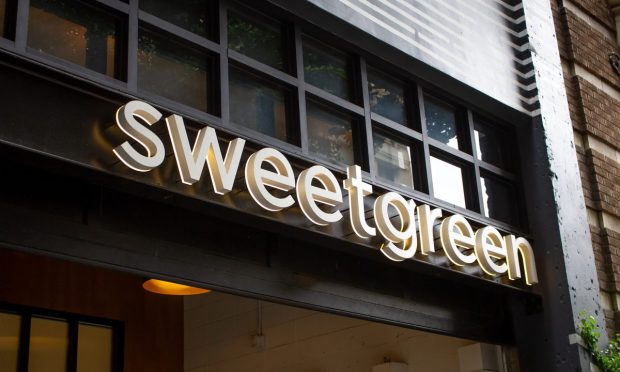Sweetgreen Automates Kitchens as Robots Take Over the Back of House

Sweetgreen’s ambitions to dramatically increase automation within the next five years come as, across the industry, restaurants soup up their kitchens with robotic technology.
After the fast-casual chain announced in May that it is pilot testing its first automation-powered location, nearly two years after the initial acquisition of robotic restaurant Spyce, the brand stated earlier this month that it is planning to integrate automation into almost all of its restaurants within the next five years.
Meeting highlights from CEO Jonathan Neman’s comments at William Blair’s 43rd annual Growth Stock Conference observe that Sweetgreen’s first test of an automated store has indicated that the technology works, increasing throughput, maintaining more consistent portions, boosting accuracy and lowering the brand’s labor needs.
“In five years, we do expect all Sweetgreen stores to be automated,” Neman said.
Meanwhile, Chipotle founder and former CEO Steve Ells is reportedly getting into the robotic restaurant space. Last month, Ells was looking to get back into the restaurant industry with Kernel, a plant-based chain that would leverage robotics to operate locations with only three human employees while significantly reducing locations’ real estate footprints. Ells has been shopping the idea around to investors for the past year or more.
Smaller restaurants have been getting into automation as well. As Forbes noted last week, Mamma Ramona’s, a pizzeria and Italian food restaurant in Ramona, California, has boosted its pizza-making efficiency by combining a Picnic pizza preparation robot with a Cuppone dough press that automates dough-stretching and a TurboChef rapid-cook oven, working toward making more than 100 pizzas an hour.
Restaurants look for opportunities to automate their kitchens. Research featured in the May edition of PYMNTS’ Hospitality Tracker®, created in collaboration with LS Retail, “Can Automation Solve Labor Shortages in the Hospitality Sector?,” revealed that 96% of restaurants automate at least some of their back-of-house operations.
Plus, findings cited in the March edition of PYMNTS’ “Money Mobility Tracker®,” “Inflation Makes Technology Table Stakes for Restaurants,” which was created in collaboration with Ingo Money, revealed that three-quarters of restaurant operators plan to adopt technology this year to address their labor and cost challenges. Additionally, 90% of restaurant owners reported that they see increased back-of-house automation as an important way to free up time to focus on more significant tasks.
Yet efforts to automate the front of the house have yielded mixed results. For example, last summer, casual dining giant Brinker International said it was pausing its test of Bear Robotics’ robotic server technology, with Chili’s dubbing its robo-hosts and robo-runners “Rita.”
Consumers are demanding more personal service at restaurants. Findings from PYMNTS’ study last year, “Digital Divide: Technology, The Metaverse and the Future of Dining Out,” revealed that 77% of restaurant consumers said staff friendliness is the most important feature a restaurant needs to provide.
Consumers are worried about losing this friendliness. The same study found that 63% of diners believed restaurants are becoming increasingly understaffed, and 39% said they are becoming less and less personal.

